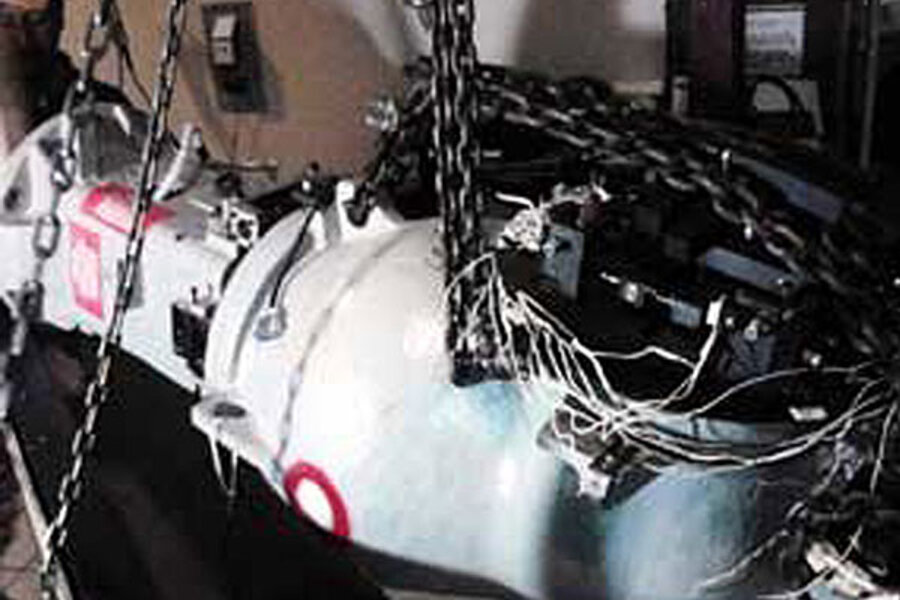Radioactive theft: Why was cobalt-60 stolen in Mexico?
Loading...
| Veracruz, Mexico
A cargo truck hauling used medical equipment with extremely dangerous radioactive material was stolen from a gas station in central Mexico, and authorities have put out an alert in six central states and the capital to find it, Mexican and U.N. nuclear officials said Wednesday.
The International Atomic Energy Agency said the truck was carrying cobalt-60.
The equipment for radiation therapy belonged to Mexico's public health agency and was no longer in use, said Ricardo Maza, a civil protection official in Veracruz state, where one of the alerts was issued. The capsule of the radioactive material was sealed in lead, he added.
Maza said the thieves most likely wanted the truck and didn't know what it was carrying. The equipment was being transferred to a storage center for radioactive waste when the truck was stolen.
The material was properly shielded and posed no risk as long as its container is not fractured or otherwise altered, the National Commission for Nuclear Safety and Safeguards of Mexico's Secretary of Energy said in a statement. But the commission urged whoever has it in their possession not to open or damage it because it could pose a severe health risk, and to return the material immediately.
The white Volkswagen cargo truck marked "Transportes Ortiz" was headed from Tijuana to a nuclear storage facility in central Mexico and was taken from a gas station in Tepojaco, in Hidalgo state north of Mexico City.
Driver Valentin Escamilla Ortiz told authorities he left Tijuana on Nov. 28 and was resting in the truck overnight when two men armed with a gun approached the truck about 1:30 a.m. Tuesday. They made him get out, tied his hands and feet and left him in a vacant lot nearby.
When he was able to free himself, he ran back to the gas station to get help.
The IAEA described the load as "extremely dangerous" if damaged or removed from its protective shielding.
___________
Associated Press writer Emilio Lopez in Pachuca, Mexico, contributed to this report.
Copyright 2013 The Associated Press. All rights reserved. This material may not be published, broadcast, rewritten or redistributed.







